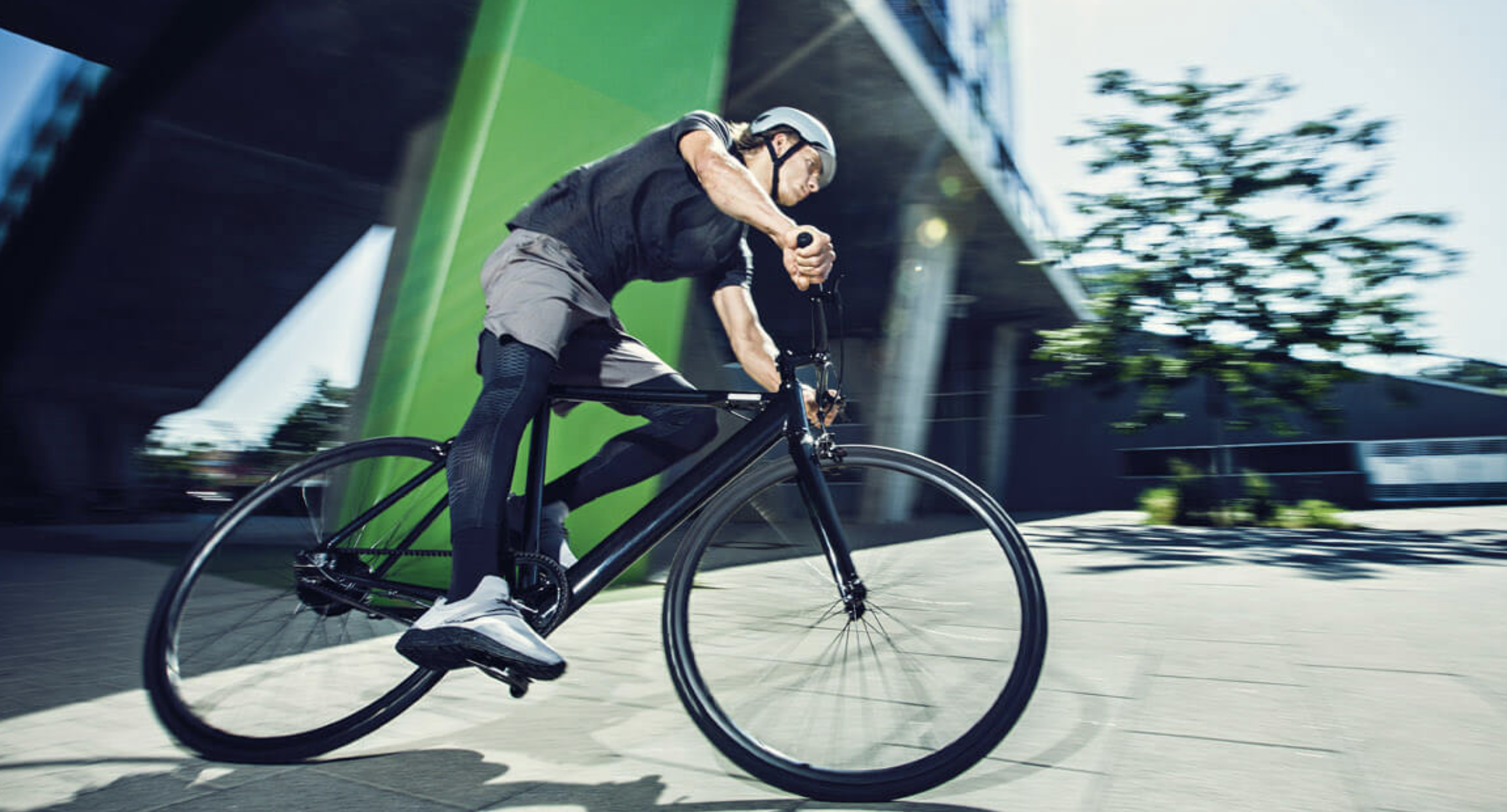Through its Center for Future Mobility, the McKinsey consultancy regularly provides cutting-edge information to shape the future of the mobility-related industries. After releasing the "Micromobility's 15,000-mile checkup", McKinsey recently published a new study to highlight the trend of the electric micro-mobility sector, paying particular attention to the case of the city of Monaco 100 days after the launch of the various sharing e-bikes and e-scooters.
A development that depends on the regulation of shared micro-mobility which, as we have seen in the cases of Paris and Turin, varies from country to country (if not from city to city). Cities that will have to find a compromise between car-based mobility and the offer of public transport and micro-mobility solutions that comply with the guidelines imposed by the European Union on climate change.
According to McKinsey, the electric micro-mobility sector has managed to attract many companies that have invested over 5.7 billion since 2015, triggering an accelerated expansion also demonstrated by the spread of the phenomenon in the rest of the world. Electric micro-mobility also seems to make users who use them happy, thanks to savings and freedom to travel avoiding urban traffic jams.
According to the authors of the McKinsey report, electric micro-mobility still has very high development potential. In fact, over a quarter of the world's population lives in cities with over a million people, and in many of these urban centers the speed of vehicles rarely exceeds 15 km / h, due to urban traffic. A frustrating and stressful experience for which micro-mobility offers an escape route that also saves money and avoids the hunt for parking spaces.
In an attempt to assess the development potential of electric micro-mobility in the short term with a certain precision, or by 2030, McKinsey has modeled the shared micro-mobility market by dividing it into three distinct scenarios for the use of electric vehicles.
In the first scenario, shared micro-mobility would remain a niche phenomenon used for tourist visits or leisure.
In the second scenario, people would adopt shared electric micro-mobility (electric scooters and pedal-assisted bicycles) to replace the use of the car for their daily movements in the city.
The third scenario, almost utopian, sees cities as main investors on micro-mobility infrastructures, both private and shared.
THE CASE OF MUNICH
The McKinsey study then focuses on the case of Monaco, a city in which car-based mobility represents between 50 and 60% of the kilometers traveled, while the excellent public transport system manages to support the remaining 40%.
The introduction of an electric alternative for 100 days saw an average of 5.5 trips per day, with a distance of 2km per trip, traveled by each of the electric vehicles made available by six supplying companies (Bird, Circ, Hive , Lime, Tier and You). Based on these values, McKinsey has estimated that around 250 million journeys to the city (about 10%) will take place by electric micro-mobility by 2030, according to the model based on the second scenario of using electric vehicles.
The key to this success (adaptable to all European countries) lies in a solid collaboration between public and private electric bicycle and scooter rental agencies, as well as increasing investments in cycle infrastructures.

